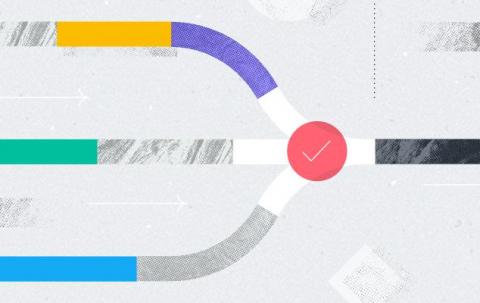Asana tips: When and how to use subtasks
In order to help teams gain as much clarity as possible, you may have noticed that tasks in Asana can only have one assignee. That way, you always know exactly who is driving the work—or as we like to say, who’s doing what by when. But sometimes, a task has multiple components, or multiple contributors. You can’t add another assignee to the same task—but you can create subtasks.






